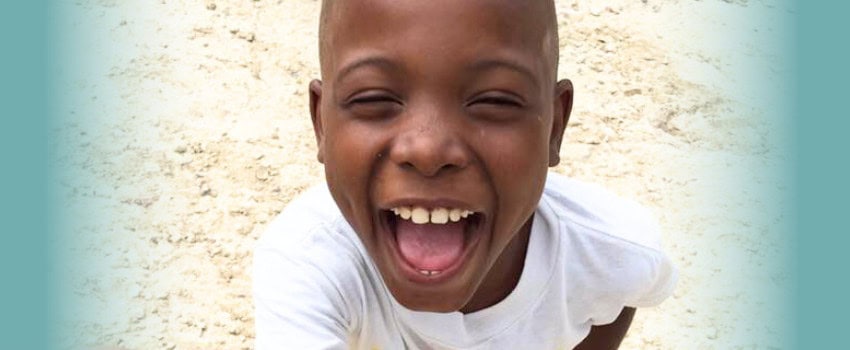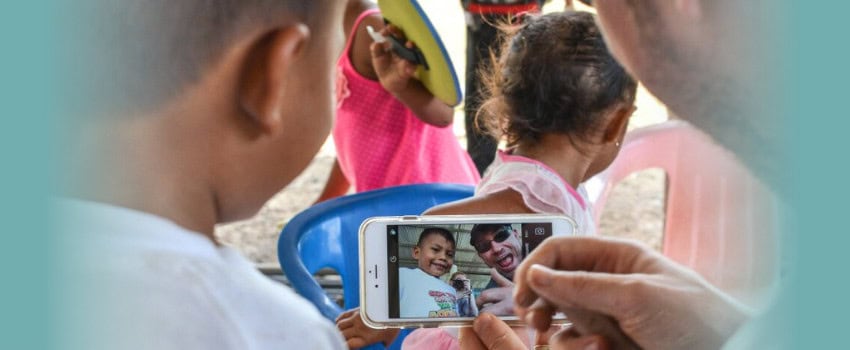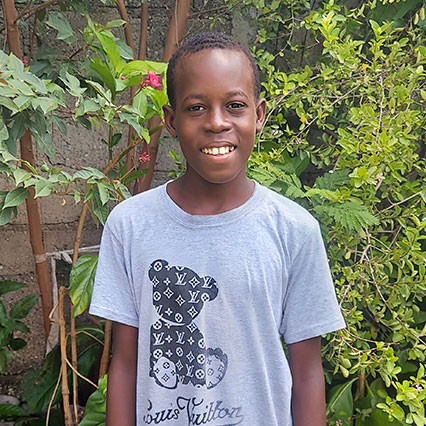
Let the Wave Say Who We Are
Almost 20 years ago now, I was circling the 60-foot maple tree that stands just yards from my front door, talking to my Heavenly Father. Forward Edge needed to upgrade the training we provided for our short-term mission teams, and I was asking God for guidance. In a matter of














